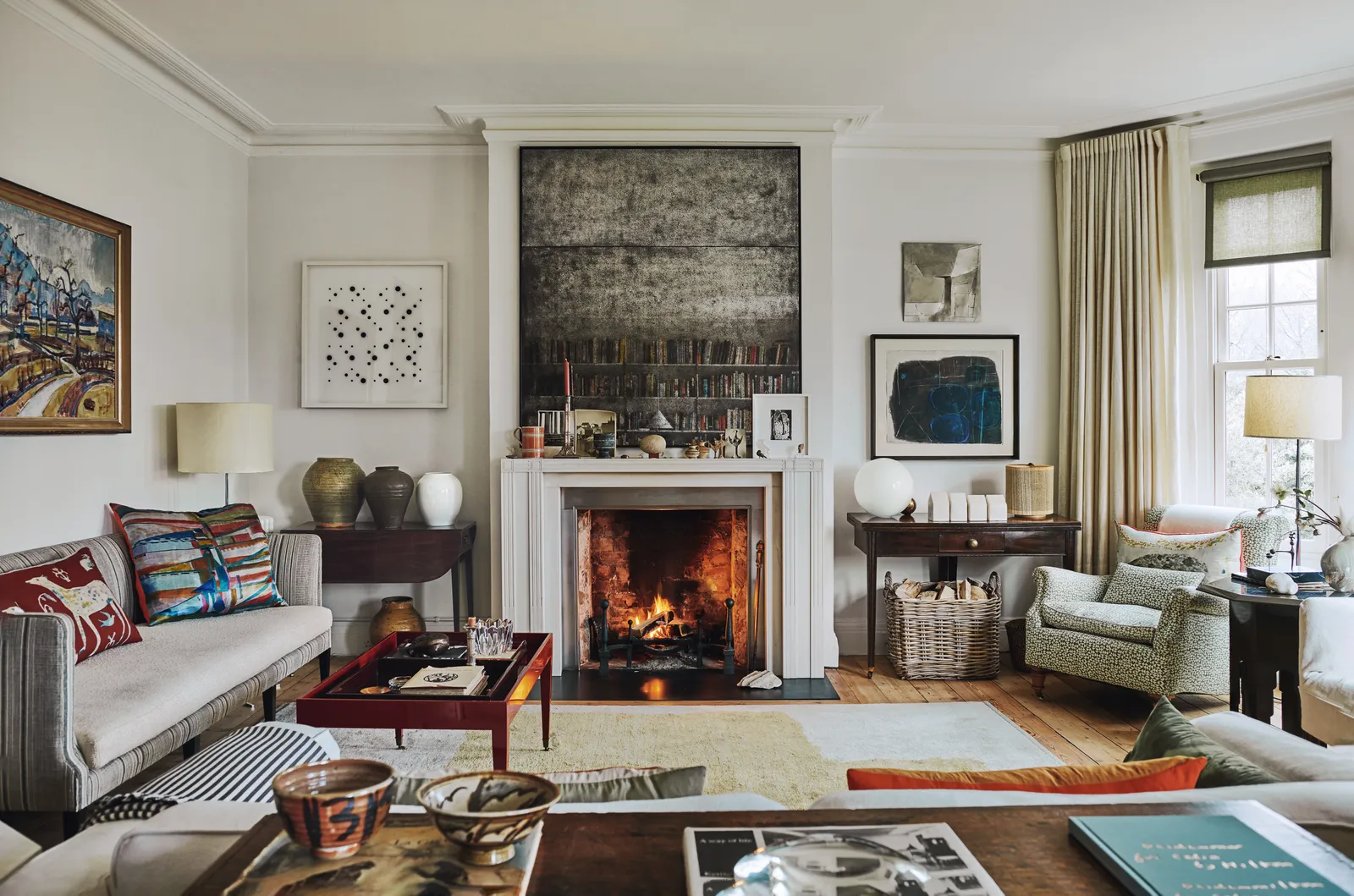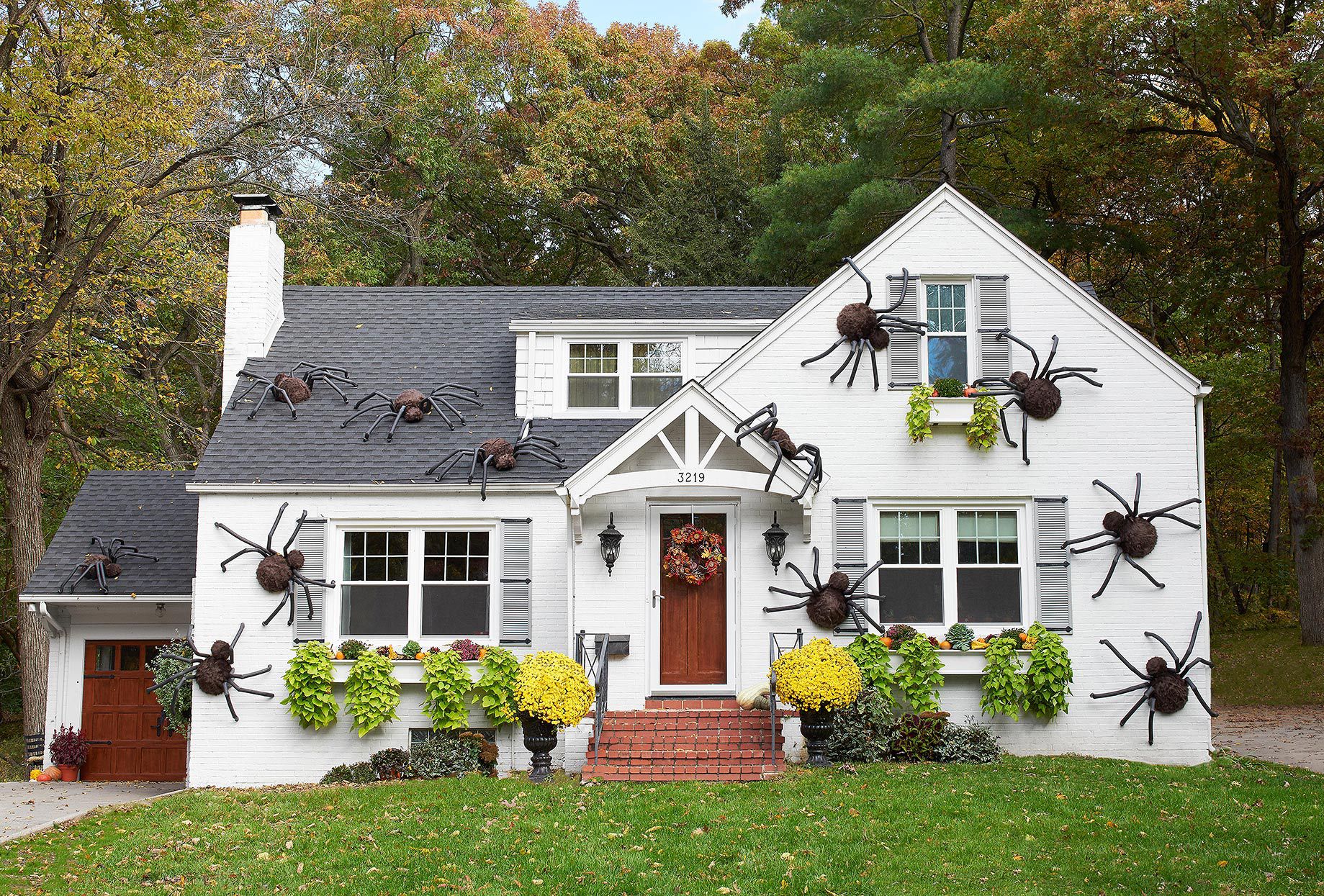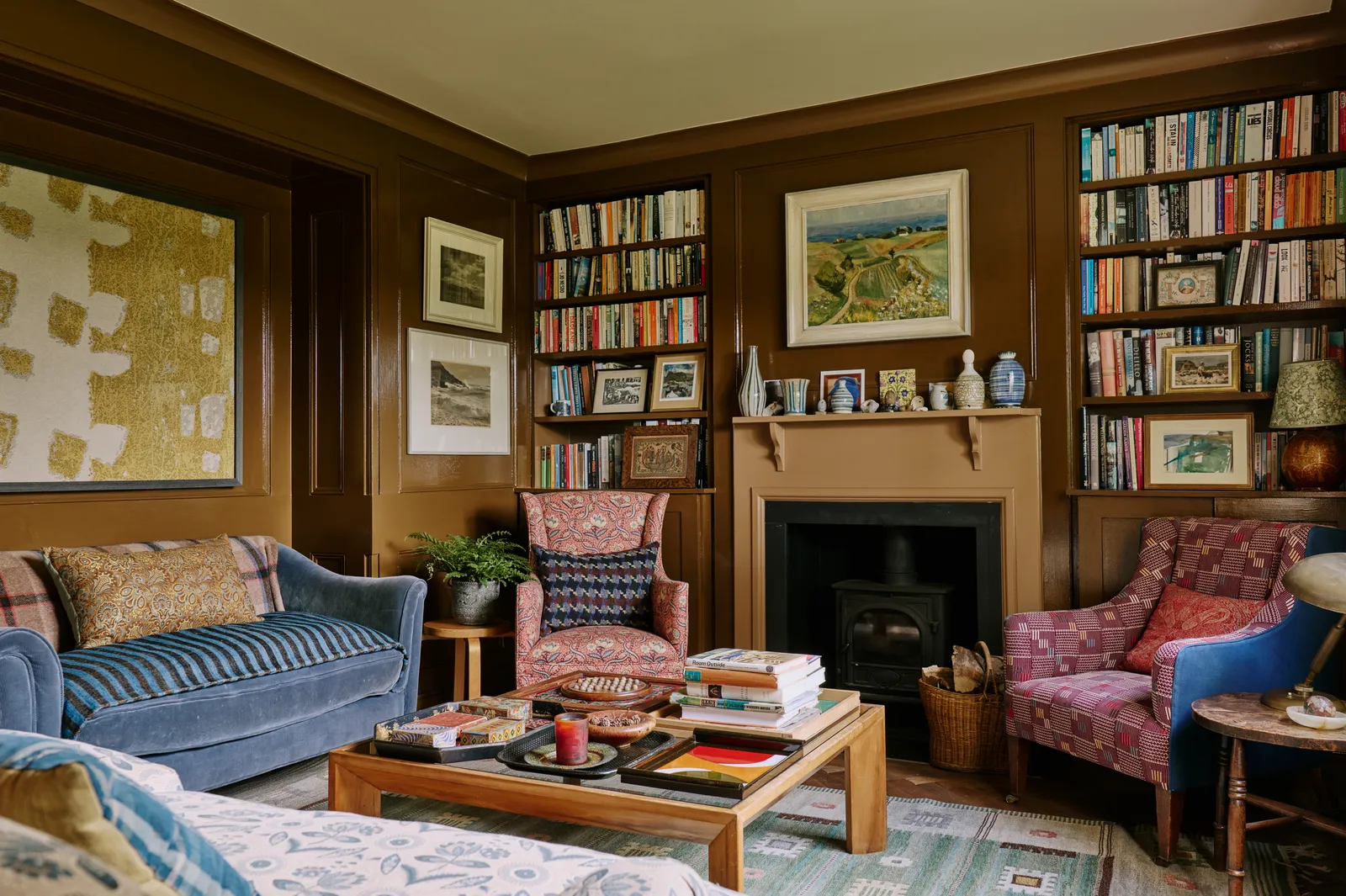You know what? I have been crafting for more years than I like to count, and let me tell you something honest - all those pretty storage systems you see in the magazines and on those Pinterest boards? Most of us don't need them. What we need is to use what we already got sitting around our houses. I learned this the hard way after spending too much money on fancy containers that ended up just collecting dust in my basement.
When I first started getting serious about my crafting hobby back in the late nineties, I thought I needed everything organized perfect like those craft stores. But living here in British Columbia on a regular pension, I realized quick that there's smarter ways to keep your supplies tidy. The secret isn't buying more stuff - it's about looking at what you already have with fresh eyes and getting a bit creative about how you use it.
This article is going to show you real, practical ways to organize your craft materials using everyday items you probably already got in your home. No expensive trips to specialty stores needed. Just simple solutions that actually work for regular people like you and me who love making things but don't want to spend half our budget on containers before we even start creating.
Using Food Containers and Jars for Small Supplies
Let me start with the most obvious thing that most people overlook - all those jars and containers from your kitchen. Every time you finish a jar of pickles or pasta sauce, wash it good and keep it. These glass jars are perfect for storing buttons, beads, small embellishments, and all those tiny things that always seem to get lost in the bottom of bags.
I keep my buttons sorted by color in old jam jars lined up on a shelf my son built for me years ago. You can see everything through the glass, which makes it so much easier to find what you need when you're in the middle of a project. The same goes for those plastic containers from yogurt or margarine - they stack nice and are perfect for things like ribbon scraps, fabric squares, or pompoms.
Ice cream buckets are another treasure most people throw away. These are sturdy containers that can hold heavier items like yarn balls, larger fabric pieces, or even your collection of paint bottles. I use mine to store all my knitting needles and crochet hooks - just write on the lid with a permanent marker what's inside so you don't have to open every single one looking for what you need.
The best part about using food containers is they don't cost you nothing extra. You're already buying the food anyway, so you're just getting double use out of the packaging. And if one breaks or gets damaged, well, you just wait for the next jar of spaghetti sauce and you got a replacement. No stress about trying to find the exact same expensive storage container to match your collection.
Repurposing Boxes and Packaging Materials
Cardboard boxes are like gold for craft organization if you know how to use them right. Shoe boxes are probably the most useful size - they fit perfect on most shelves and can hold so many different supplies. I cover mine with leftover wrapping paper or fabric scraps to make them look nicer, but honestly, even plain boxes work just fine if you label them clear.
Those boxes that tea bags come in? The ones with the individual compartments? Save those! They're absolutely perfect for organizing embroidery floss, small paint tubes, or sorting different types of needles and pins. I have three of these sitting in my craft drawer and they keep everything so neat I can actually find what I'm looking for without dumping the whole drawer out on the table.
Cereal boxes can be cut down to make magazine holders for storing paper, pattern pieces, or fabric bolts stood up on their ends. Just cut them at an angle and cover with some contact paper if you want them looking nice. My daughter taught me this trick and now I got about six of these holding all my scrapbooking papers organized by color.
Don't forget about the packing materials either. Those cardboard dividers that come in wine boxes or the egg carton style inserts from fancy chocolates? These make excellent drawer organizers for keeping small items separated. I use an old wine box divider in my button drawer and it works better than any organizer I could buy at the store.
The Importance of Good Labeling
Here's something I learned after many frustrations - it don't matter how good your containers are if you can't remember what's in them. Get yourself some masking tape and a marker, or use those address labels if you got them left over from Christmas cards. Write clear on every container what's inside. Not just "thread" but "red thread" or "blue thread" or whatever makes sense for how you organize.
I also write the date on boxes that have older supplies, because sometimes you need to know if that glue is from last year or five years ago. Trust me, dried up glue don't do nobody any good when you're trying to finish a project. This simple habit of labeling has saved me so much time I can't even tell you.
Kitchen Items That Work Perfect for Crafts
Your kitchen has so many things that work beautiful for organizing craft supplies. Cutlery trays are excellent for keeping your scissors, glue sticks, tape, and other tools separated in a drawer. I bought a cheap plastic one from the dollar store years ago specifically for my craft drawer and it's still working perfect today.
Muffin tins - especially the old metal ones that maybe got a bit rusty for baking - these are wonderful for sorting small items while you're working on a project. I use mine when I'm doing beading work to keep different colors separated right there on my work surface. When I'm done, everything goes back in its proper container, but during the project it keeps me organized.
Spice racks work really good for storing small bottles of paint, ink pads, or glitter containers. You can mount them on the wall to save space, or just set them on a shelf. The stepped design means you can see all your bottles at once instead of having to dig through a box to find the right color. I got mine at a garage sale for two dollars and it holds all my acrylic paints perfect.
Even things like cookie sheets or serving trays make good work surfaces that contain your mess. When I'm working with small beads or sequins that like to roll everywhere, I do my work on a cookie sheet with raised edges. If something spills, it stays on the tray instead of ending up all over the floor where I'll be finding it for the next six months.
Getting Creative with Household Castoffs
Some of my best storage solutions come from things most people would throw in the recycling or garbage. Toilet paper rolls and paper towel tubes are fantastic for keeping ribbons, lace, or bias tape from getting tangled. Just wrap the ribbon around the tube and secure it with a pin or small piece of tape. Stand them all up in a box and you got a ribbon storage system that lets you see everything at once.
Old dresser drawers that don't match anything anymore? These make excellent under-bed storage for larger fabric pieces or yarn. I got two old drawers under my guest bed filled with fabric I'm saving for quilting projects. They slide in and out easy, keep everything clean and dust-free, and didn't cost me nothing because they were headed for the dump anyway.
Plastic grocery bags can be used to store works-in-progress. I keep each unfinished project in its own bag with all the supplies needed to complete it. This way I can grab one bag and have everything I need without searching around for matching thread or the right pattern. Some people use ziplock bags for this, but I find the grocery bags work just as good and they're free.
Even things like old purses, makeup bags, or pencil cases can become craft storage. I have a old makeup bag that holds all my hand-sewing supplies - needles, thread, small scissors, thimble, everything I need for mending or hand-stitching. It zips closed so nothing falls out, and I can throw it in my bag if I want to take some handwork with me somewhere.
Vertical Storage Solutions Using What You Have
One thing I learned is that going up saves so much space compared to spreading everything out flat. You don't need fancy shelving units to do this neither. Old bookcases work perfect, even if they're a bit beat up. Paint them if you want, or just use them as is. I got two old bookcases in my craft room that my neighbor was throwing out, and they hold most of my supplies organized in all those containers I been talking about.
Hanging shoe organizers - the ones with clear pockets that go over the door - these are amazing for craft supplies. Each pocket can hold different items, and because they're clear you can see what's in each one. I use mine for storing fabric scraps, patterns, small tool kits, and packages of elastic or interfacing. The whole thing hangs on the back of my craft room door and takes up zero floor space.
Pegboard is another vertical solution that works really good, and you can usually find pieces at hardware stores for not too much money. My husband mounted a piece on the wall for me, and I use hooks and small baskets to hang scissors, rulers, tape measures, and other tools where I can grab them easy. You can also hang small bags or containers from the hooks to hold supplies.
Even just installing some simple hooks on the wall can make a big difference. I have hooks holding my cutting mats, my ironing board, and bags of batting. Anything you can hang up is something that's not taking up shelf or floor space. And the nice thing about hooks is they're cheap and easy to install - even I can do it myself with a hammer and a nail.
Making Use of Awkward Spaces
That narrow space between your washer and dryer? Perfect for a rolling cart with your ironing supplies or a tall narrow box with fabric bolts. Under the stairs? Great spot for larger storage bins with seasonal decorations or bulk supplies. The top of your closet? Stack flat boxes with patterns or finished projects waiting to be given as gifts.
I even use the space under my couch for flat storage boxes with my quilting templates and pattern pieces. Nobody can see them there, but I know exactly where they are when I need them. It's about looking at every space in your home and asking yourself if something craft-related could be stored there without being in the way.
Keeping Your System Working Over Time
Now, organizing your supplies once is the easy part. The hard part is keeping them organized as time goes on and you keep adding new materials and finishing old projects. I got a few rules I follow that help me stay on top of things without it becoming a big overwhelming job.
First rule - when you finish using something, put it back right away in its proper container. I know this sounds like what your mother told you when you were six years old, but it really is the secret to staying organized. It only takes a minute to put things away as you go, but it takes an hour to clean up a whole mess later.
Second rule - every few months, go through your supplies and get rid of things you're never going to use. That fabric you bought five years ago that you still don't like? Donate it to a school or charity. Those dried up markers? Throw them out. Keeping stuff just because you paid money for it years ago don't make sense if it's just cluttering up your space now.
Third rule - before you buy new supplies, make sure you got room to store them proper. This has saved me from so many impulse purchases at craft sales. If I can't think of where I'm going to put something before I buy it, I probably don't need it that bad. Having less stuff that's well organized is way better than having tons of stuff that's all jumbled together where you can't find nothing.
Getting the Family Involved
If you got family members living with you, it helps if they understand your organizing system. I taught my grandkids where everything goes in my craft room, so when they come over to make projects with me, they can help clean up after. This also means they're less likely to mess up my organization when they're looking for supplies.
My husband knows that if he borrows my scissors or tape for something, they go back in the craft drawer when he's done. It took a few reminders at first, but now it's just automatic. Having everyone respect your organizing system makes it so much easier to maintain.
Sometimes family members have good ideas too. My son suggested using his old tackle box for my small embellishments, and it works perfect with all those little compartments. Don't be afraid to ask for help or ideas - sometimes someone else can see a solution you missed because you're too close to the problem.
Making Your Space Work for You
The most important thing to remember about organizing craft supplies is that your system needs to make sense for how you actually work. There's no point setting up something that looks pretty if it don't match how you use your supplies. I keep my most-used items in the easiest-to-reach spots, and things I only use occasionally go higher up or further back.
Think about your crafting process and organize around that. If you always use certain supplies together, store them together. If you do different types of crafts, maybe you want to keep each craft's supplies in its own area or container so you can grab everything you need at once. My sewing supplies are all in one bookcase, my paper crafting supplies in another area, and my painting supplies in yet another spot.
Don't be afraid to change your system if it's not working. I've reorganized my craft room probably five times over the years as my needs changed and I figured out better ways to do things. The goal isn't to create some perfect Pinterest-worthy space - the goal is to have your supplies organized in a way that makes it easy and enjoyable for you to actually do your crafts.
And remember, you don't have to organize everything all at once. Start with one category of supplies or one area of your space. Get that working good, then move on to the next thing. Trying to do everything in one day just leads to getting overwhelmed and giving up halfway through. I organized my space one drawer at a time over several weeks, and it was way less stressful than trying to tackle the whole room at once.
Final Thoughts on Simple Storage
After all these years of crafting, I can tell you with complete honesty that fancy storage systems are nice to look at but they're not necessary for staying organized. What matters is having a place for everything and making sure things go back in their places. You can do this with items you already have around your house - jars, boxes, containers, bags, and everyday household items that work just as good as anything you'd buy at a specialty store.
The money you save on storage can go toward buying better quality supplies or materials for your actual projects, which makes way more sense if you ask me. Plus, there's something satisfying about repurposing items and giving them new life instead of just throwing them away and buying something new. It's better for your budget and better for the environment too.
Start looking around your home today with new eyes. That empty jar, that box you were about to recycle, that old container taking up space in your cupboard - these could all become part of your craft organizing system. You don't need to spend a fortune to get organized. You just need to be a bit creative and willing to think outside the box, so to speak. Your craft supplies will be neat and tidy, you'll be able to find what you need when you need it, and you'll have done it all without spending money on fancy storage solutions. That's what I call a win-win situation.




